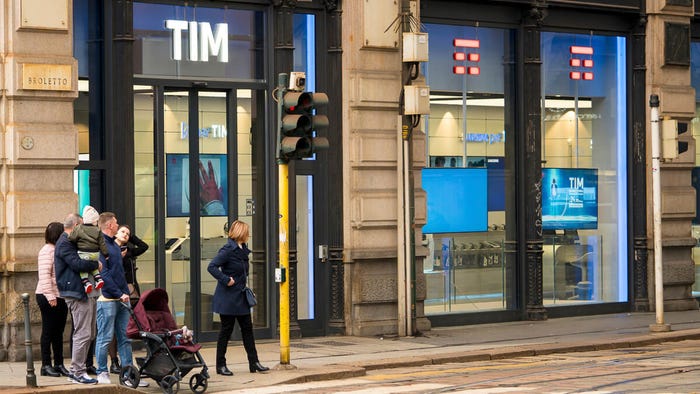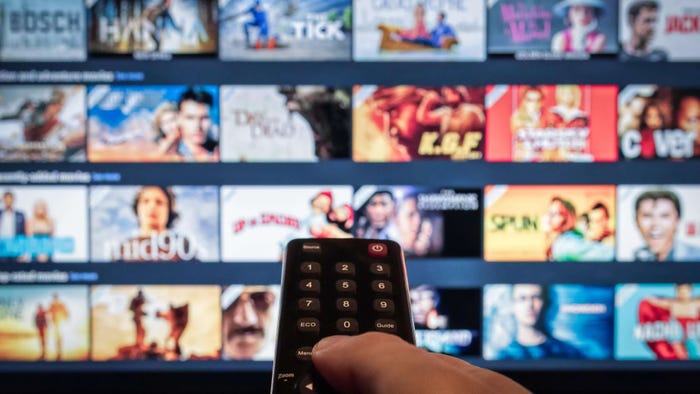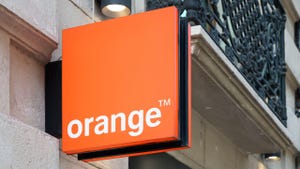thumbnail
FTTX
Nokia BEAD-compliant products ready for orderNokia BEAD-compliant products ready for order
Nokia's Buy America- and BEAD-compliant optical line terminal (OLT) cards are the first to come off the Sanmina manufacturing line in Wisconsin. #pressrelease
Subscribe and receive the latest news from the industry.
Join 62,000+ members. Yes it's completely free.

.jpg?width=700&auto=webp&quality=80&disable=upscale)








































